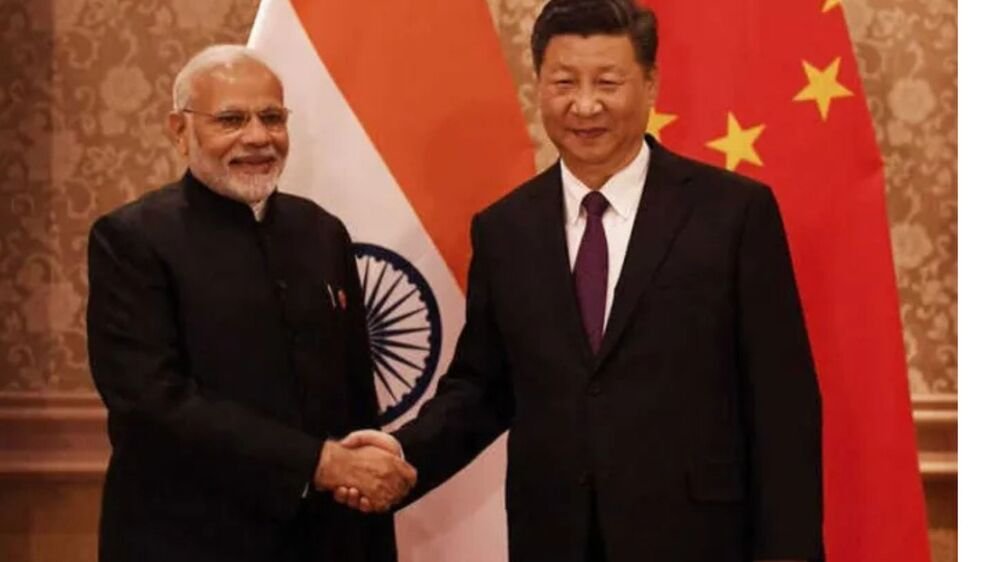The current revival of military patrols conducted by the Indian and Chinese armies in the Depsang Bulge and Demchok regions of East Ladakh is a major event in diplomatic relations between the two countries. This is the fruits of unabated negotiation; the Modi government and the Indian Army is firm on security.
The Modi-Xi Detente
After that event with the PLA in May 2020, the interaction between Modi and Xi Jinping in Kazan was symbolic. It offered political talks at the ministerial level that sought diplomatic normalisation of mutual military tension on the 3,488 kilometers Line of Actual Control (LAC). The engagement showed their desire to seek politics and laid the ground work for a Special Representative Dialogue seeking to establish peace.
Role of National Security Advisor and Foreign Ministers
National Security Advisor Ajit Doval and Chinese Foreign Minister Wang Yi dominated the conversation. Their cooperation was intended in the sphere of striving for disarmament as well as in the sphere of recognition of more significant part of military contingents. The clarity of instructions between military hierarchy and diplomatic personnel has played a great role in preparing the environment for negotiations.
The Working Mechanism for Consultation and Coordination
The Working Mechanism for Consultation and Coordination on India-China Border Affairs (WMCC) played a vital role in facilitating discussions. Meeting 17 times since the June 2020 Galwan clash, this group has worked diligently to negotiate disengagement and the resumption of patrolling. Military commanders from Corps to Division level have also been actively involved in these discussions, under the guidance of the inter-ministerial China Study Group (CSG).
Key Conditions for Normalization
India has been unwavering in its demand for the resumption of patrolling rights in Depsang Bulge and Demchok, framing this as a prerequisite for normalization. The buffer zones established at key friction points like Galwan and Pangong Tso are temporary, allowing the Indian Army to maintain flexibility in future operations.
Diplomatic Gains and Strategic Credibility
This agreement enlarges the diplomatic ground of India and reduces the risks come from the outside powers. It strengthens PM Modi’s leadership and his capacity not to avoid any danger to national security for one, even against a potential PLA mighty military aggression capabilities. Despite the fact that the patrolling is yet to restore the agreement has led to reduction of tensions along the LAC and thus may be an indication for the restoration of friendly relations.
Conclusion
Hence, the LAC patrolling agreement management demonstrates efficiency of operational military response and diplomatic cooperation. The management of territorial disputes between India and China has touched a new paradigm under the leadership of the current Prime minister of India, PM Modi that India is adamant about its own territory and will only seek peaceful means to sort out the issues. It may still be filled with turbulence however the structures for sustainability have been created.
